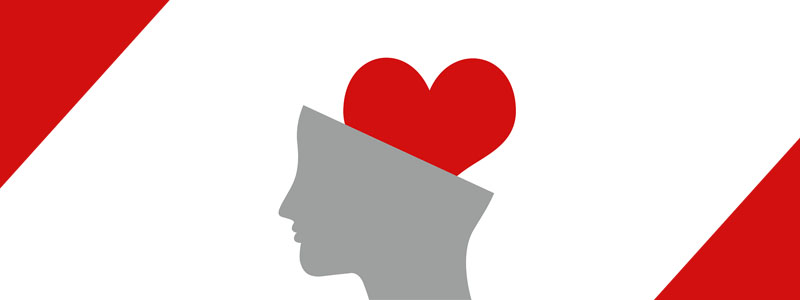How can we know if a patient is conscious if he or she is unable to communicate? Disorders of consciousness can be differentiated in two types: the “vegetative” state, with no awareness from the patient and the “minimally conscious” state, with a certain degree of awareness. The distinction between these two states is very important to provide a prognosis on the patient’s neurological outcome, to choose the more adapted treatment and to inform patient’s relatives. All the tools that have been developed to determine consciousness until now, like EEG, f-MRI or PET scan are naturally “neurocentric” (focused on the brain activity). These tools require either heavy equipment or complex analysis. Can the rest of the body, however, contribute with extra information about the state of consciousness in noncommunicating patients?
The present study, conducted by Federico Raimondo and supervised by Dr. Jacobo Sitt, all part of the team of Lionel Naccache at the Institut du Cerveau – ICM, attempted to answer this question. The work builds on previous studies showing that “unconscious” functions of the autonomic nervous system, such as respiration or heartbeats are in fact modulated by conscious processes. Therefore, the researchers hypothesized that if patients are conscious the way their brains process external stimulation, for instance auditory clicks, will affect their heart activity.
By analyzing the data of 127 patients in vegetative or minimally conscious state, the team found that the heart cycle was indeed modulated by auditory stimulation only in minimally conscious patients: their cardiac activity “accelerated” when the auditory stimulation induced a “surprise” effect, suggesting that patients in MCS might have been able to predict this surprise more efficiently as compared to unconscious patients. The authors also showed that these results were complementary to previous investigations obtained using EEG. When these two tests (cardiac and EEG) were combined, the authors found that the prediction about the patients’ state of consciousness dramatically enhanced.
These results open new perspectives on a brain-body approach to evaluate consciousness in patients. The scientists now want to extend the framework to other physiological signals modulated by conscious processes, such as respiration or modulation of the pupil size, to develop a complete tool for evaluating consciousness at the bedside.
Référence : Brain-heart interactions reveal consciousness in non-communicating patients. Raimondo F, Rohaut B, Demertzi A, Valente M, Engemann D, Salti M, Fernandez Slezak D, Naccache L, Sitt JD. Ann Neurol. 2017 Sep 11







